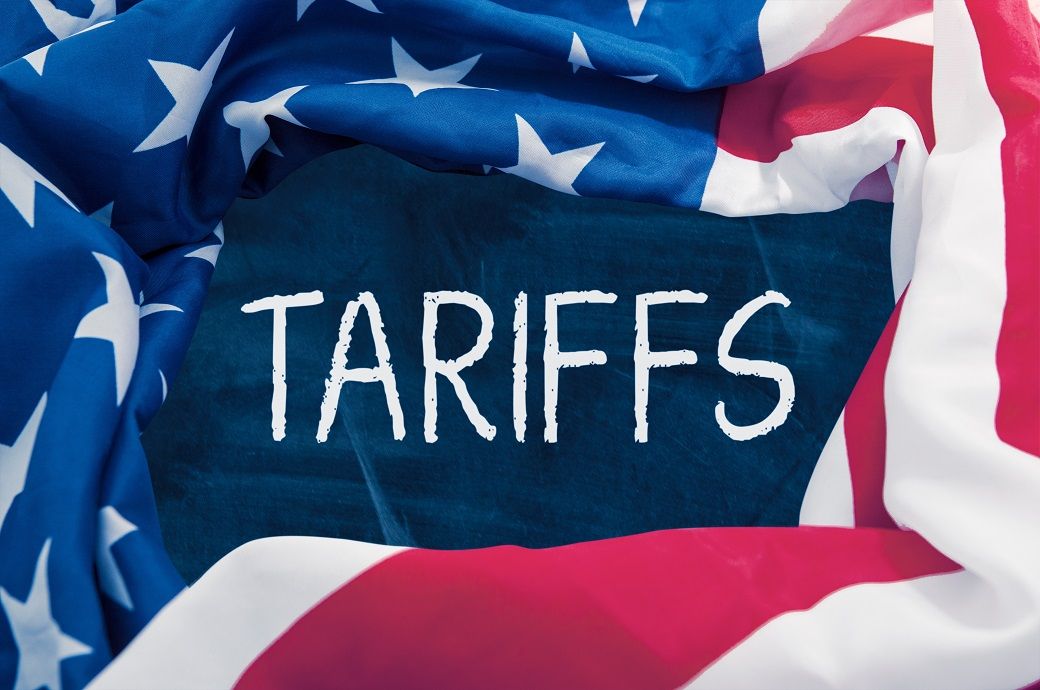
President Donald Trump extended the pause on country-specific reciprocal tariffs announced in April and sent letters to countries setting forth new tariff rates, which range from 25 per cent to 50 per cent.
For now, the United States maintains a 10-per cent baseline tariff for most countries that have not received letters, although Trump stated he may set a blanket tariff of 10 per cent to 15 per cent for around 150 countries.
This presents additional upside risk to current ETR levels, Fitch Ratings noted in a release.
New trade deals have also been announced in the last week for Vietnam and Indonesia that establish reciprocal tariff rates of 20 per cent and 19 per cent respectively.
The threatened tariff increases represent a significant increase from existing tariffs.
Reciprocal tariffs on European Union goods would increase to 30 per cent from 20 per cent, resulting in ETRs for individual EU countries that range from around 12 per cent to over 30 per cent. The ETR represents total duties as a percent of total imports and changes with shifts in import share by country of origin and product mix.
Bangladesh would have the highest ETR under the August 1 tariff regime at around 50 per cent. This incorporates the 35-per cent rate announced in the tariff letters and the 15-per cent rate that was already in place heading into 2025. The ETR approximates the announced tariff rate as Bangladesh does not benefit from tariff carveouts.
There are no changes to the reciprocal tariff rate for China, and the ETR for China is unchanged at 41.4 per cent.
ALCHEMPro News Desk (DS)
Receive daily prices and market insights straight to your inbox. Subscribe to AlchemPro Weekly!